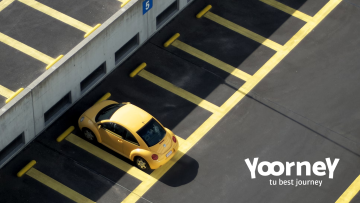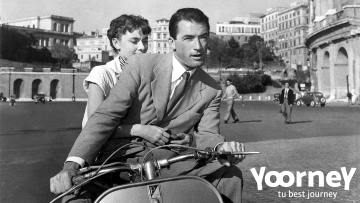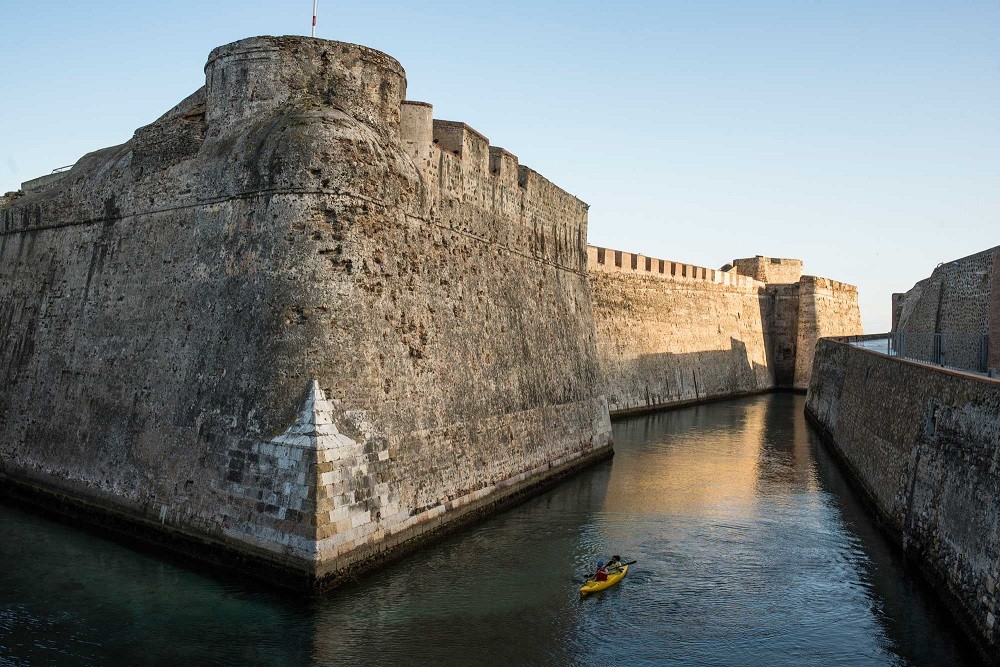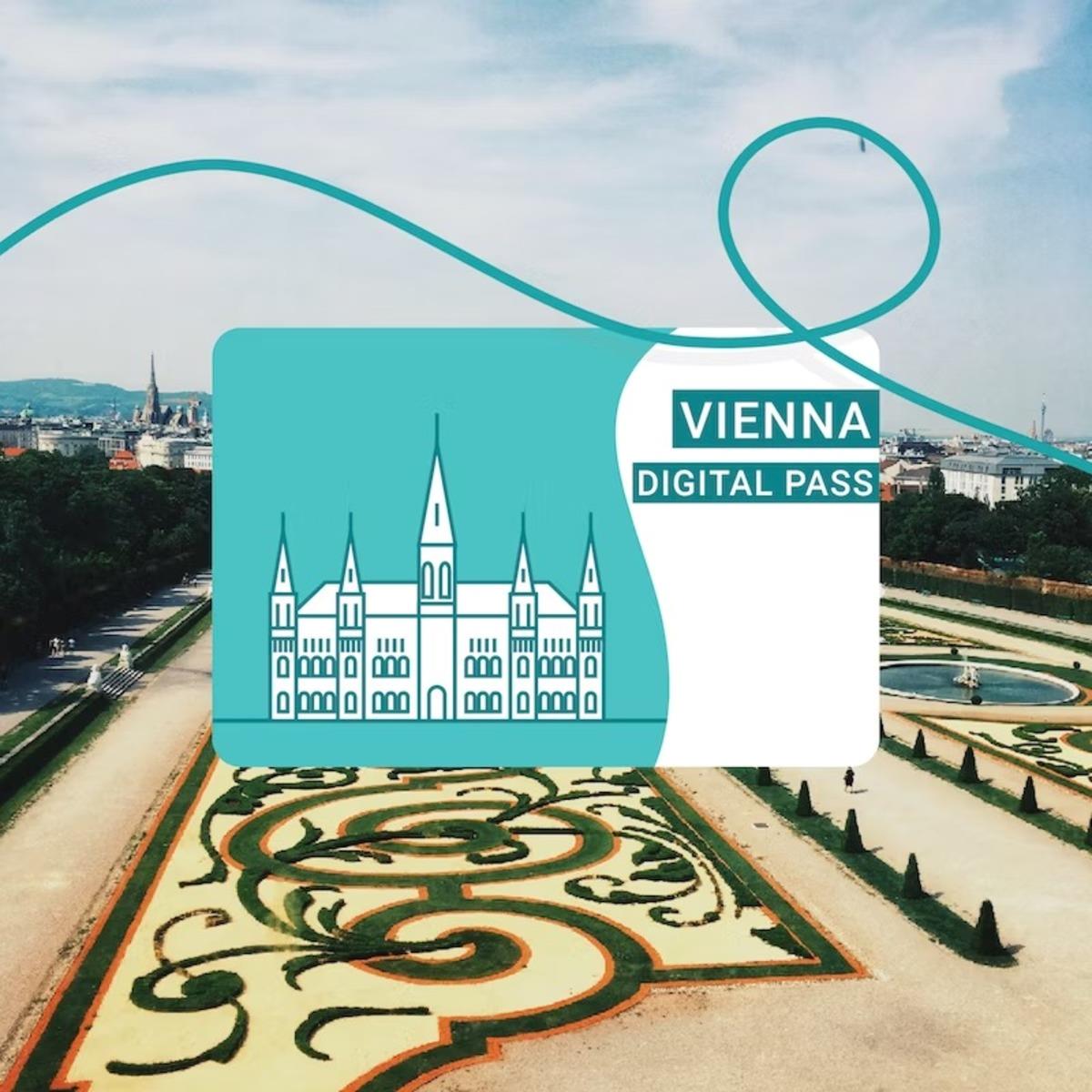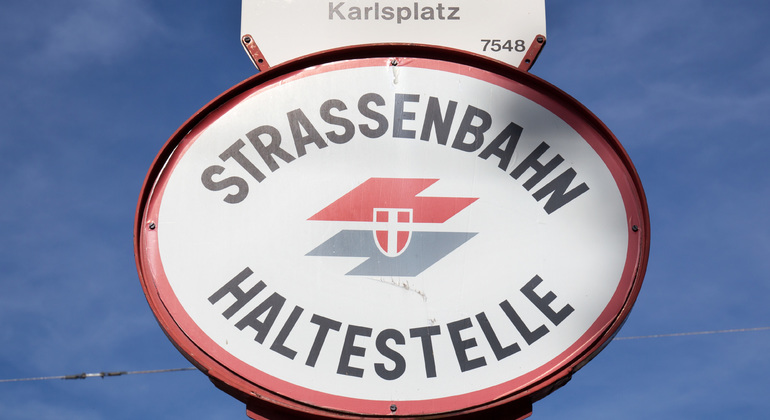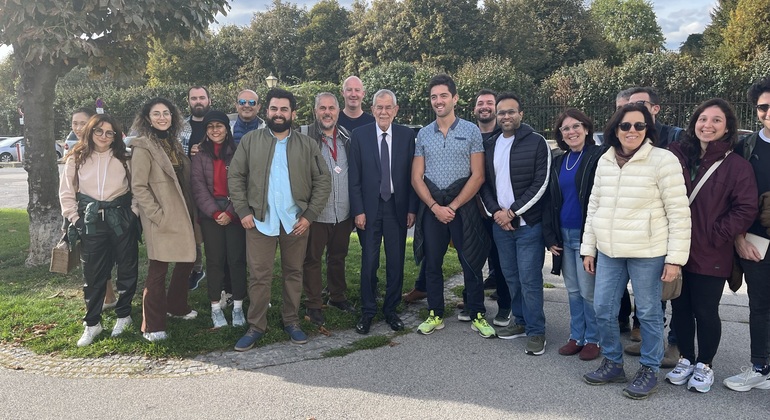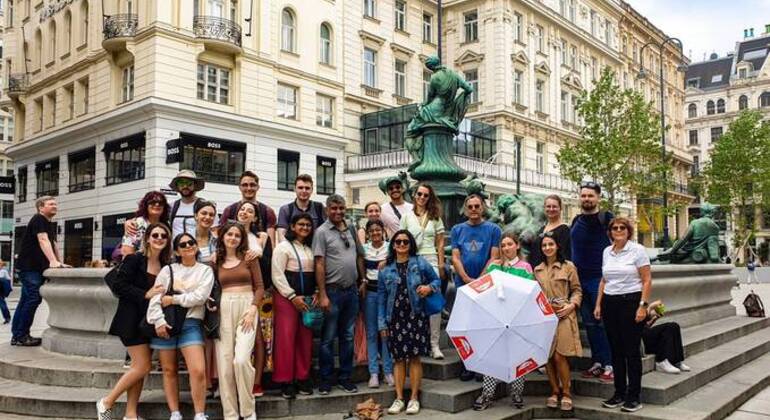1 - 3 days in Vienna: The best things to do and visit
Vienna, the capital of Austria, is located on the banks of the Danube, in the valley of the Vienna Woods, at the foot of the wild peaks of the Alps. It is valued for its long imperial history, being the cradle of classical music and its splendid architecture.
A stately city, which houses wonderful buildings and green parks with great walks. At the beginning of the 20th century it was the cradle of Western philosophy and political debates.
It is the second most populated city in Central Europe and one of the oldest capitals of the old continent. In 2019 it was again chosen as one of the best cities to live in and opted to be the Capital of European Culture 2020. The historic center of Vienna has been a UNESCO World Heritage Site since 2001. The official language is Austrian German, too They speak German Viennese and Bavarian dialect.
If you plan to travel to Vienna, we advise you to purchase a Vienna Pass, it will allow you to visit the entire city, have free access to more than 60 monuments and various attractions, see the city from the HOP ON HOP OFF VIENNA SIGHTSEEING TOURS buses. With this card you will save money and waiting time. You are also given the option of a Vienna Pass (Travel Card) including the entire transport network of the city (metro, tram and bus). It allows you to choose between 1,2,3 or 6 days in a row.
We advise you to acquire it before arriving in the city, because that way you can already take the transport from the airport with this card, if not you can also buy it at the Vienna airport.
How to plan my visit to Vienna?
At Yoorney we have local tour guides who offer you the best selection of guided tours, free tours and excursions in Vienna and in other cities around the world.
A different and fun way to discover a city. The complicated thing about traveling is knowing everything you want about the chosen destination. We take care of that and show you the place so you don't feel like a simple tourist. Yoorney tours teach you the local culture as if you were just another neighbor.
Hey Yoorner! In the mood for adventures? Visit the city in a different way with our Free Tour of Vienna!
Why visit Vienna?
If you have in mind going to Vienna, do you want to know the essential places to visit?
It was the capital of the great Austro-Hungarian Empire and where famous artists such as Mozart or Beethoven were born. The first settlers are of Celtic origin and when the Roman Empire began its expansion towards the north in the 1st century BC. I am part of it. The Danube and the Alps served as the natural border between the Romans and the Barbarians, until the fall of the latter.
The Romans called it Vindobona, which means "white city" in Celtic. It was born to serve as a military camp. In the 9th century Charlemagne conquered the city and gave it the name of Ostmark (mark of the east). In the High Middle Ages, Vienna was an important ally of the papacy, since it was a key place for the supply of food and weapons during the crosses. With Matías Corvino it was the capital of Hungary and from the 15th century and until the wars with Napoleon, Vienna was the capital of the Holy German Empire, with the Habsburg dynasty as dignitaries.
Vienna: Top 12 things to do and must-see attractions
1. Ringtrasse

2. The Austrian Parliament and Epstein Palace

The Parliament is located in the Ringtrasse, it is one of the most prominent buildings of this place. It was built within the Ringstrasse redevelopment project. A building of great scope and dimensions, a total of 14,000 square meters with 1,600 windows. It began to rise in 1874 and ended ten years later. Made by Theophil von Hansen from 1874 to 1883, it gave it a Classical Greek style, hence this is a historicist building, neoclassical in style. For Greece is the cradle of democracy. In the front of the Parliament we find a statue of Athens, goddess of wisdom.
For more than a hundred years of history, Parliament has housed different parliamentary institutions. In the stage of the Austro-Hungarian monarchy, this place hosted the Reichsrat of Cisleitania. When the Habsburg dynasty fell in 1918, Parliament experienced one of its most important moments, as the transition to the Republic was finally proclaimed. In World War II, half of the Parliament was destroyed as a result of the bombings, after its end it began to be rebuilt, lasting until 1956. The building was given a similar appearance to the original one, except for the National Council room, which was redesigned to give it a more functional and modern vision.
The Parliament has two large rooms that are linked by a large central portico, here is a curious story regarding the meeting room next to the portico, a construction that takes as a reference the theater of Classical Antiquity and that only it is used at specific moments. Currently, Parliament houses the National Council and the Federal Council.
Right next to it we have the Epstein Palace whose façade faces the Ringstrasse. It was designed by Gustav Ritter von Epstein. It was raised to be a rental palace, yes yes, as you read, where employees, tenants and owners lived under the same roof.
PRICE
SCHEDULE
- Monday to Thursday: 11:00 am, 2:00 pm, 3:00 pm and 4:00 pm
- Friday: 11:00 am, 1:00 pm, 2:00 pm, 3:00 pm and 4:00 pm
- Saturdays: 11:00, 12:00, 13:00, 14:00, 15:00 and 16:00
- Monday to Saturday: 11:00, 12:00, 13:00, 14:00, 15:00 and 16:00
3. St Stephen's Cathedral (Stephansdom)

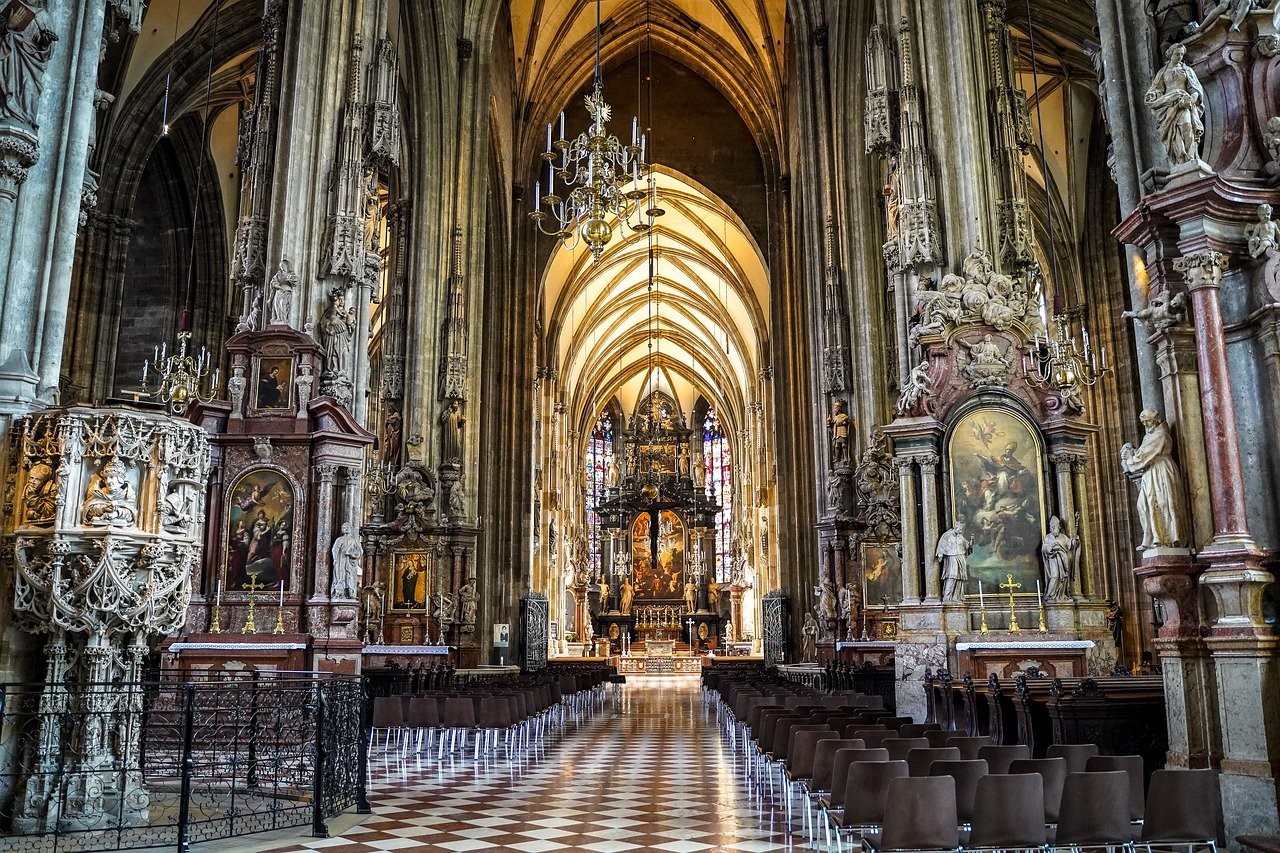
In the obligatory visits to Vienna, there is the Cathedral of St. Stephen (Stephansdom), which is a symbol for the city, among other things, for being the most relevant Gothic construction in Austria. It was built on top of the ruins of the primitive Romanesque church dedicated to St. Stephen (1147), of that temple only Towers of the Pagans and the Gate of the Giants remain. It has been the place chosen for the celebration of the marriages of the Habsburg dynasty and where the funeral of the master Mozart took place.
What to see and do in the St Stephen Cathedral?
The Cathedral began to be built in the 12th century, it is 107.2 m by 34.2 m. It is crowned by a huge spire-shaped tower (Steffl), 137 m high, which can be seen from various points in Vienna. It has four towers, the south the highest (136.44m) and the north (68.3m).
It has numerous side chapels and alters of incalculable artistic value. Various characters have been buried in the cathedral, such as: Emperor Frederick III, whose marble sarcophagus is impressive, only the slab weighs 8 tons. Prince Eugene of Savoy, who lies in his own chapel (Trina Chapel), in which we can enjoy an image of Christ, who says to legend that his beard is made of human hair and continues to grow.
The Catacombs, which were excavated in the middle of the 18th century, and where we find the mausoleums of the archbishops and cardinals of Vienna, and rest the remains of Rudolph IV "The Founder" Duke of Habsburg, who was the one who established the pillars for the construction of this exceptional temple in 1359. There are the remains of about 10,000 Viennese, it is a bit chilling to visit this area, but it is part of the cathedral and of history.
Externally, on the right side we have the Singers Gate, which women could not use. We see the Tiled Roof, with more than 250,000 colored tiles forming the double-headed imperial eagle, and the coats of arms of Vienna and Austria. After World War II they had to be restored due to the damage caused during the war.
Architecture and interior of the St Stephen Cathedral
Inside the cathedral we can delight in different architectural styles, for example; the central nave, choir and side chapels are in the Gothic style and side aisles in the Baroque style. The vaults of the cathedral house a huge amount of works of art from various centuries. We appreciate different sculptures of a religious nature and bas-reliefs. The Wiener Neustadter, the highest high, decorated with religious figures, is one of 18 Vienna alters that we find with sacred images. The Pulpito Pilgran, in Gothic style, with a master carving.
We can access the towers, we only have to climb 343 steps, we will reach the tower hall, where the views of Vienna are colossal. And it is here where we will meet Pummerin, the most famous bell of the cathedral, which is located in the north tower, which is unfinished and which can be accessed by elevator. Although the cathedral has a total of 13 bells. The Pummerin, was made after melting the cannons that the Turks left after the withdrawal from Vienna in 1683. In 1945 during World War II a fire caused great damage to the building, including the fall and destruction of the bell. That is why the Viennese made the decision to melt the remains and create the bell that we see today.
The Museum of the Cathedral, collects paintings from the 18th century, carvings from the 15th and 17th centuries and some from medieval times representing the Virgin and Child. The most remarkable and important part of the museum is The treasure, where jewelry, cloaks, among other objects of unimaginable value are housed.
4. Capuchin Church (Imperial Crypt)

5. St. Charles Church

Student: 4€
Under 10 years old: Gratis
6. Hofburg Imperial Palace

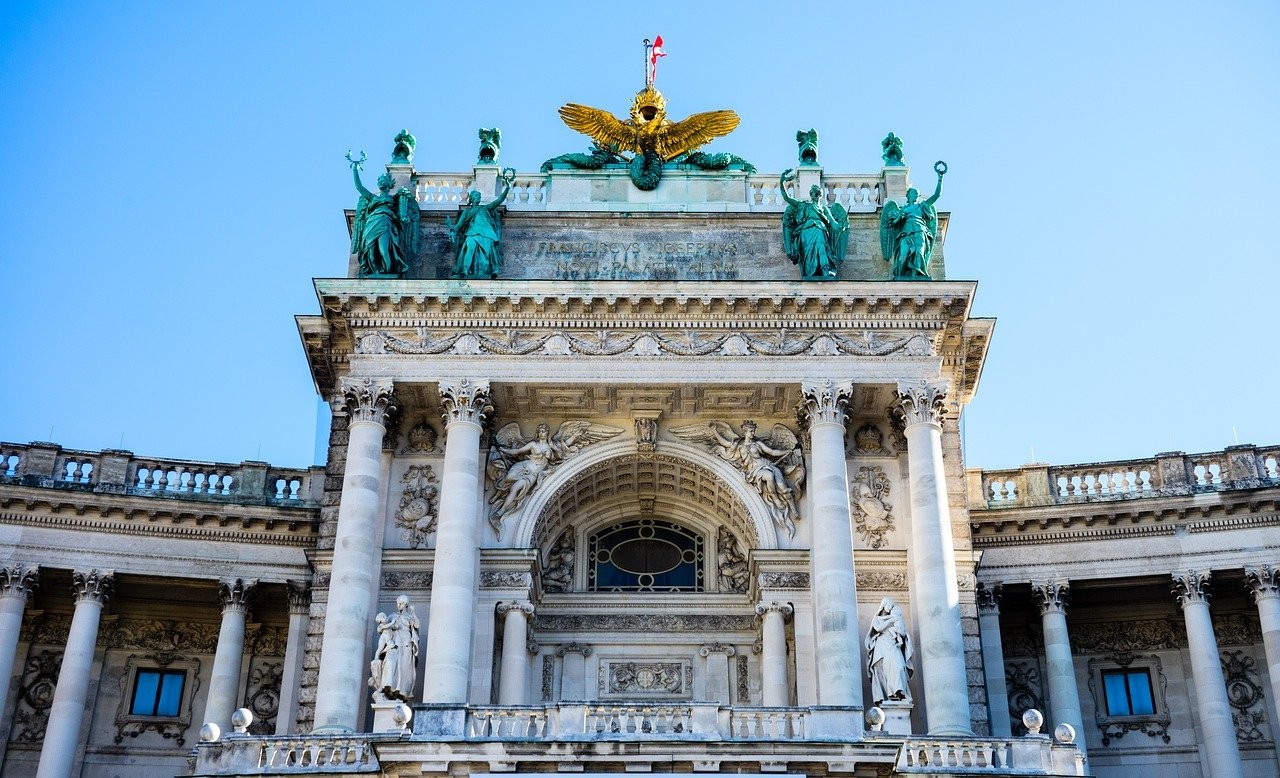
The largest palace complex in Vienna and one of the largest in the world. All those who have passed through it have wanted to leave their mark. Its oldest parts are from the thirteenth century and sections were added until the twentieth century, so we see different styles from Gothic to historicism, the fashions of the nineteenth century.
All this latent in the dozen buildings that are part of the complex with a total of 2,600 rooms distributed by 18 wings in the dozen buildings that compose it. We find: the Austrian National Library, the Sissi Museum, the Spanish Riding School, the Vienna Museum of Ethnology, two chapels (to San José and San Miguel)
It is located in the old part of the city, on the banks of the Danube. It was the winter palace, since during the summer the imperial family marched to the Schönbrunn Palace. The Imperial Palace in addition to being the residence of the Habsburg dynasty, for more than 600 years, was also the center of government until 1918.
Today we can visit twenty rooms, including the Kaiserappartementes (Imperial Apartments), which is where Francisco José I and Empress Elisabeth, known as Sissi, lived. And where Czar Alexander I stayed when the Congress of Vienna was held. The Treasury Chamber (Schatzkammer), 21 rooms that keep the treasures that the Habsburgs were accumulated for centuries and centuries (crown jewels, the insignia of the Holy Roman Empire, among many others.
We have to make a special mention of the Heldenplatz (Heroes' Square) that is part of this complex, where two equestrian statues stand, that of Prince Eugene of Savoy and Archduke Charles of Austria, two great military leaders. It was built in the period of government of Emperor Francisco José, as part of the Kaiserforum (imperial forum), but it was never completed. Adjacent to this square, we see the MarIa Theresa Place (also known as the Museum Square, because it is where we find the Museum of Natural History and the Museum of Art History). They carry out children's visits, where they allow the little ones to try on imperial dresses.
Today in a part of the Hofburg Palace is the residence of the President of the Austrian Republic.
7. Austrian National Library

The Austrian National Library is one of the most beautiful in the world, as well as one of the largest in the old continent. Charles VI ordered its construction in the middle of the 18th century, as part of the Hofburg imperial palace complex, to be used as a court library.
The main room of the library or imperial room (Prunksaal) we will find ourselves surrounded by marble statues, ceiling frescoes and paintings, a unique and almost poetic atmosphere. It is almost 80 meters long by 20 meters high, and is finished with a dome decorated with wonderful frescoes, by Daniel Gran, court painter. On the chestnut wood shelves we find more than 200,000 volumes, including the library of Prince Eugene of Savoy with 15,000 copies.
Books that come from monastic libraries that José II closed during the reform of it, hence it has one of the largest collections that exist of writings of the Luther Reformation, books that were printed between 1500-1850. In the end, this library adds more than eight million books, it also houses the Papyrus Museum and the Earth Globe Museum, where we can contemplate, among others, two baroque Venetian globes, one celestial and the other terrestrial that is more than 1 meter in diameter.
Visiting it is to feel inside a museum that is decorated to taste. Its current name of Austrian National Library, was given in 1920, once the Empire had come to an end.
8. Vienna State Opera

The Vienna Opera (Straatsoper), is a must-see in Vienna, it is the capital of imperial music. It was the first building to be realized on the Ringstrasse once it was completed.
It is a building designed in Renaissance style (there is a tragic, but curious story on this subject ... but we leave that to be revealed to you in situ), it was inaugurated in 1869, presenting a work by Mozart. During World War II, the Opera was damaged by a bomb that fell in 1945, the Viennese took it with an attack on the city, because the Opera is a symbol for them, it is its essence. Ten years after the tragedy, it reopened its doors, all damages having been repaired and equipped with advanced technologies. The auditorium has a capacity for 2,800 people.
During the visit they show you the hall, you go up the main stairs until you reach the auditorium, it is a spectacular image, the Marble Room and even the tea room where Emperor Francisco José I relaxed between the entreact.
9. Museum of Art History

Kunsthistorisches Museum (Vienna Art History Museum), is the name given to the building and the institution. It is one of those cultural facilities that is a work of art inside and out. It was one of the first museums of decorative arts and fine arts in the world, it was built for this purpose, hence both the content and the decoration of the rooms are in harmony. The museum houses an important exhibition fruit of the works that the Habsburgs were gathering for centuries. Together with the Prado Museum it contains the best collection of Rubens in the world.
It is located on the Ringstrasse, it was inaugurated in 1891 at the same time as the Natural History Museum (Naturhistorisches Museum) by Francisco José I. Both museums are externally twins and are facing each other, surrounded by Maria Theresa Place.
Exhibitions:
- Ground floor: dedicated to pieces from Egypt, ancient Greece, Rome and the East. We can contemplate mummies, the objects that he used for the cult of death, decorative elements, as is the case, of the large columns built in a single piece of stone with an antiquity of more than 4,000 years, and sculptures.
- First floor: specialized in painting from the 15th to the 19th century, arranged by geographical order; Flemish, Dutch and German paintings are exhibited in one part and Italian, French and Spanish paintings in another. We will find works by: Velázquez, Dürer, Titian, Caravaggio, Raphael, Rembrandt, Vermeer, Brueghel the Elder.
- Second floor: there is the Numismatic Cabinet, which contains the largest collection of medals and coins, with about more than 700,000 objects. We can see how money has evolved and see first-hand the smallest and largest gold medal in the world.
One of the most visited museums in Vienna. With more than a million visitors a year.
10. Military History Museum

Heeresgeschichtliches Museum or Museum of Military History in Vienna, is the oldest in the world and the largest built for such a function. It exposes and documents the history and successes of the Austrian army from the 15th century to 1955 (from the Turkish siege to the wars with Napoleon). It is located very close to the Belvedere Palace. The museum is the central axis of the Arsenal. The building shows a vision of a fortress that is a magnanimous military complex, which at the time had 72 buildings erected as a result of the Revolution of 1848.
The Arsenal was the largest construction commanded by Emperor Francisco José I, during the first years of his mandate, in order to consolidate its neo-absolutist position as opposed to the 1848 Revolution. The museum began in April 1850 and was completed in May 1856.
The museum is in chronological order; on the first floor begins with the Turkish siege, the wars of the thirteenth century and the triumph of Napoleon in Austria. On the ground floor we see uniforms, armaments and cars belonging to the 19th-20th centuries and heavy artillery used in World War I. Finally, in the lobby there are 56 life-size marble statues of army commanders on display.
11. Schönbrunn Palace

It is also known as the Viennese Versailles, one of the main cultural and historical buildings in Austria. Since the 19th century it has been one of the main tourist attractions of the city. It has appeared in documentaries, motion pictures, and postcards. The Palace and gardens have been a UNESCO World Heritage Site since 1996.
Emperor Maximilian II in 1559 ordered to build a palace to hunt, which would destroy it completely in 1683 when the siege of Vienna. As a result, the Emperor Leopold I commissioned Johann Bernhard Fischer von Erlach to build a palace for his son, the future José I. It would begin in 1696 and be completed in 1701, of that primitive construction only the Schlosskapelle remains ( the Chapel of the Palace) and the Blaue Stiege (Blue Stairs) with frescoes by Sebastiano Ricci.
Charles VI showed little interest in the palace, but his daughter, Maria Theresa, would make the palace her summer residence for the Habsburgs, and it would be until 1918 when the monarchy in Austria ended. While Maria Teresa was in power the palace was expanded, most of the decoration in its interior in the Austrian Rococo style.
In 1765 the symbolic Glorieta was built, which completes the immense palace garden. During 1817-1819 the façade was unified and simplified with the first canons of classicism, it is from this moment the yellowish color, a symbol of the façade and which until the 20th century would be one of the hallmarks of the Habsburg dynasty. In the church we find paintings by the painter Giambattista Pittoni, which are very important, the Virgin and Saint John of Nepomuk shows us the education.
12. Belvedere Palace
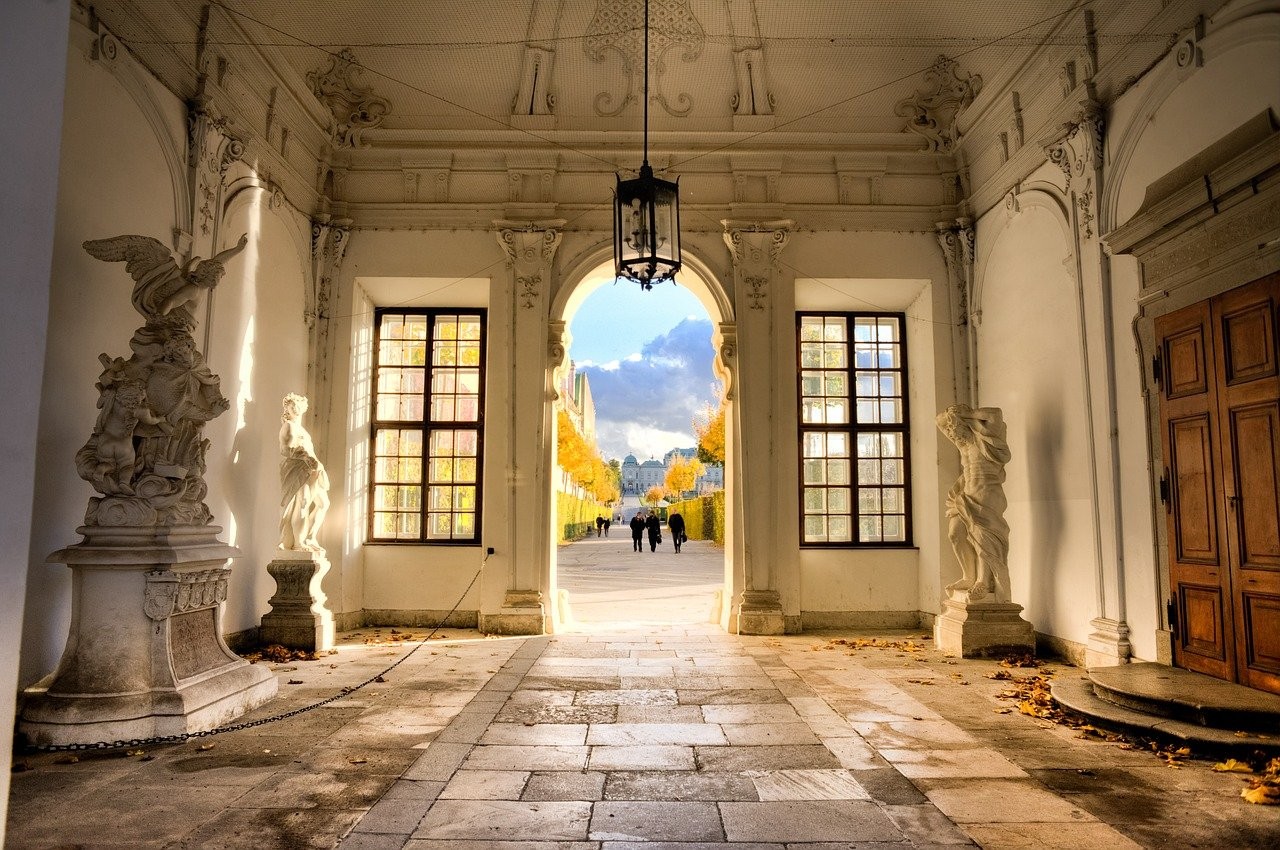
Schloss Belverdere is its name in German. It is a palatial complex made in the baroque style, it is one of the largest in Vienna, of that style. It is made up of two palaces (Upper Belverdere and Lower Belvedere). Currently they are museums, and the third palace or Schwarzenberg Palace is a hotel. The two main palaces are linked by gardens on three levels that represent different allegories.
Prince Eugene of Savoy in 1697 acquired some land on the outskirts of the city, his idea was to make a summer palace with extensive gardens. Between 1714-1716 construction began, following the design of Lukas von Hildebrandt. Here the reception rooms, the Marble Gallery and the Golden Room stand out for their sumptuousness, Lower Belvedere.
After the construction of this, between 1717-1726 the Upper Belverdere would be built on the upper terrace, to be a place to celebrate parties, so that the prince would increase its popularity. In this part, the Prunkstiege, the Earth Room or the rooms richly decorated with frescoes and stucco stand out. This is where the prince had his library and famous art collections.
The two palaces are linked by a symmetrical park, which was designed according to Italian and French precepts with abundant fountains and sculptures. It was also added, some greenhouses with glazing (the Orangerie) to house exotic plants and the scalps where the most beautiful horses were kept. When Prince Eugene passed away, Maria Teresa, the Empress, was the one who gave this place its name, Belverdere, for the splendid views of the city.
Here, important historical events took place, such as the one that took place on May 15, 1955 when the Austrian State Treaty was signed at the end of World War II.
To this day we find the following museums in this palace:
- Austrian Baroque Art Museum
- Austrian Medieval Art Museum
- Österreichishe Galerie Belvedere (The Austrian Art Gallery)
In Belvedere, you can see The Kiss by Gustav Klimt
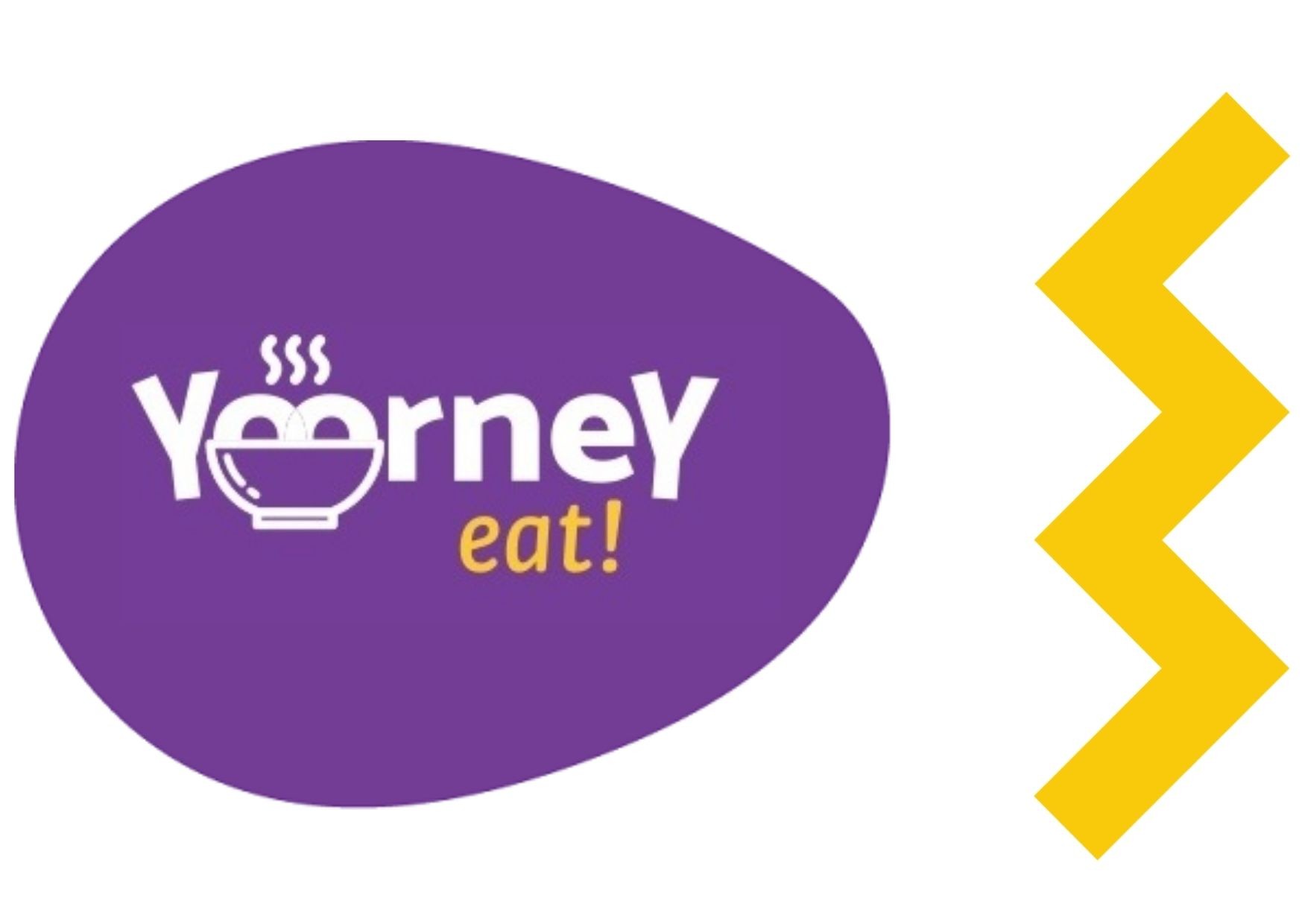 Where to eat in Vienna?
Where to eat in Vienna?
6 place to eat in Vienna

- Schnitzelwirt: Located very close to the Museum of Natural Sciences, apart from the good situation, it has a magnificent kitchen. One of the best places, if not the best, to eat the dish is par excellence the Wiener Shnitzel. We warn you that their portions are beautiful, so it is advisable to go with an appetite. We ate great, a success. We are going to come back!
- Bitzinger Wurstelstand Albertina: Austria and Germany are the world cities of sausages par excellence, if you are not very into this dish, it is because until now you have eaten us here, at the Bitzinger Wurstelstand Albertina, simply delicious! It is not a restaurant as such, it is a street stall and has very affordable prices. And it is quite an experience for both the palate and the senses, because take an expert (hot dog that is worth 4.70€ ) and eat it next to the Opera (which is where the stand is) And it is very good to stop and have something to eat. keep getting to know the city with charged batteries. We repeat during our stay, it is that they are wonderful.
- Gasthaus Kopp: It is a bit far from what is the historic center area, but there is a subway line that goes from the center to here, without any change, or anything, and then you only have to walk 5 minutes. It is an authentic Austrian tavern, where you can taste its gastronomy. It has a very wide sings, the prices are very good. If you like meat (and you go at least 2 people) they have a dish, like a kind of "barbecue" that has: bratwurst sausages, cevapi, shnitzel, grilled cutlet and potatoes. Spectacular! We are more than satisfied. It may happen that you share a table with Viennese or tourists, it is a very cool experience. But if you prefer not to live this experience, book in advance.
- Schachtelwirt: It is a small restaurant, very close to the Hofburg Imperial Palace about an 8 minute walk. It is fast food, but where they serve you homemade Austrian food, where they use seasonal and fresh products. It has a menu that has about five dishes, but every week they change it, so even if I tell you the menu that we ate when you go, you will eat another. They also have food to take away, they prepare it for you in very cute and comfortable cardboard boxes. We fell in love with this site.
- Quell: It is an old wooden tavern, the typical image we have of Austrian taverns. The food is homemade and local products. Its location is good, it is between Schonbrunn Castle and Westbahnof. It has a wide variety of both Austrian and imported beers. We recommend the cordon blue, the faschierte laibchen and the spinach with fried eggs combination, not everything is going to be meat, right? It has a very nice terrace, which if the day is good, it is very good to eat and sometimes they have live music performances at night. Better impossible!
- Bier & Bierli : We advise you to go to dinner, at night they have good music and the atmosphere is amazing. It has a very central location, very close to the Opera. The ryb-eye was spectacular, delicious and very well priced. The staff a beauty, when we return to Vienna, it will be one of the first places to go as soon as you step on the ground.
- The Cake Tree: Next to the Prater. The atmosphere is super cozy, it's like being in a movie. You can also buy the piece of cake to take away, nearby there is a very nice park to sit and taste a sweet from this pastry shop.
12 typical dishes of Vienna

- Sacher Cake: THE CAKE par excellence of Vienna and the greatest of pleasures for chocolatiers. It consists of a chocolate cake that is filled with a thin layer of apricot jam and covered with chocolate.
- Schnitzel (Escalope Vienes): One of the typical dishes of Austrian cuisine. It is a breaded beef fillet accompanied by French fries or potato salad, tell you that the most normal thing is that the Schnitzel is large and sticks out of the plate. Although we have it in almost any family or restaurant in the world, because it is one of these dishes that crosses borders, eating it in Vienna, which is its place of origin, is to savor the original.
- Speckknödeln: they are a type of meatballs stuffed with bacon, it is a traditional and forceful dish, which is designed to face the cold come. They are made with egg, onion, sauteed bacon, and breadcrumbs. They can be eaten in various ways, in soup, main dish, accompanied with a sauce or with a bit of sauerkraut.
- Tafelspitz: It is beef cooked in vegetable broth, for serving it is cut into slices and it is usually presented with a wide range of compotes and sauces (apple, mayonnaise with chives, horseradish ... etc.) It is a dish that the Viennese love. crazy.
- Rindsuppe: Clarita beef soup.
- Pretzel: They are the famous savory bread bows. They say that it is of Celtic origin, to celebrate the arrival of spring.
- Wienerbrød: Vienna bread. It is a sweet cake, which is of Danish origin. Usually eight-shaped, circular, or spiral
- Apfelstrudel: Another of the most typical Austrian desserts. It consists of an apple pie that has to be served hot and icing sugar on top, it is usually accompanied with cream or vanilla.
- Melange: This coffee is very popular among the locals, it is a small espresso that has the same amount of very hot milk as water, milk is frothed on top and a pinch of cocoa is sprinkled on it.
- Schnaps: It is a fruit liqueur
- Glühwein and Punsch: Warm wines, which are usually drunk in winter
- Almdudler: It is alcohol-free, it is a soft drink that is made with herbs from the Alps and does not contain caffeine
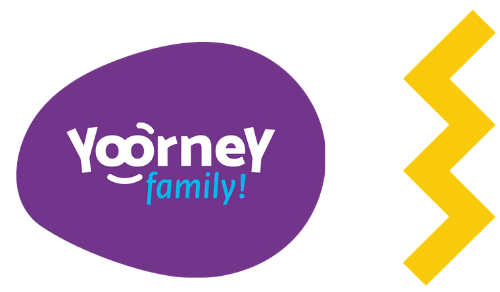 Vienna with children
Vienna with children
Stadtpark
City Park, which has been open to the public since 1862, is one of the oldest in the city. It is adored by the locals and by those we visit. It has a privileged location in the center of the city, a few meters from the Opera.
It is made in the English style, it is 65,000 square meters long, in which a very varied range of plant species flourish and that the Wien River fragments into two parks that are eventually joined by small bridges. On your walk, do not forget to contemplate the Kursalon, which was a building for hydrotherapeutic treatments that was inaugurated in 1867. But from 1868 to the present, it is a location for important dances and concerts.
You will find a golden statue in homage to Johann Strauss, an Austrian composer and renowned for his waltzes, one of the quintessential dances in Vienna, they say it is the most photographed statue.
It is a pleasant place to walk, where the little ones can enjoy nature and release energy.
The Butterfly House
In the center of Vienna, this one of the most beautiful modernite greenhouses, but how magical it is, hundreds of butterflies fly in total freedom in a recreation of the rainforest with ponds, waterfalls and bridges.
ZOOM Museum
It is a CHILDREN'S MUSEUM, because it is designed to play, touch, investigate and feel. Here the little ones will have the opportunity to discover everything through their own senses. ZOOM has a room for children from 3 to 12 years old, where various workshops on various artistic techniques are held). It also has the Zoom Cinema Animation Studios designed for children from 8 to 14 years old, an interactive exhibition, Science Zoom, Zoom Ocean, which is a part of games and adventures for children from 8 months to 6 years, Zoom Collection. You will see how difficult it will be to get the little ones out of there, but they also deserve to do something they like and discover the world in an entertaining way.
Prater Amusement Park
What is there else that the little ones in the house like to do? Go to an amusement park, right? Well, don't worry in Vienna, you have a wonderful one, specifically the oldest in the world, the Prater. It is a place with wide walks full of attractions (roller coasters, water coasters, ferris wheels). The Noria, in this park, is an emblem of the city, it is 60 meters high. Of its 30 booths, only 15 were placed, after the reconstruction that had to undergo the bombings of World War II, but those that were left without hanging are in the lower part of the Ferris wheel on display, where to make a trip the time from the Roman Empire to the 20th century. You will find fast food stalls, you can even dine in the cabin of the Ferris wheel by candlelight, isn't that nice? Here I do not know what will enjoy more if big or small.
Hallein Salt Mine

You will have to travel to Salzaburgo (mountain of salt is its meaning), close to here is the place of Hallein (Dürrnberg), where the mines that the Celts 2,500 years ago already excavated manually are located. They will put you a protective jacket and white cotton pants. Now you sit on the wooden board, close together, with your legs apart and one behind the other. Suddenly a rather strident whistle sounds and the wagon begins to lower into the depths of the mountain, through those galleries through which the miners once descended.
Another of those activities that is designed to be experienced as a family and that all of you live a unique experience that you will not forget.
Museum of Natural History

A place where as a family you will discover from dinosaur skeletons to microorganisms. The museum has a collection of meteorites from around the world, with a sea cow over 200 years old and the famous Venus of Willendorf (from the Paleolithic stage). It is a place where you will feel like adventurers who are discovering step by step the curiosities of nature.
Vienna Boys' Choir
 Pet-friendly Vienna
Pet-friendly Vienna
Are you passionate about animals and looking for a different plan? Vienna invites you to enjoy the city and its surroundings with your pet. Since it is known for the love that its inhabitants have for their dogs, they can even ride public transport as long as it is on a leash and muzzle.
Tourism and pet-friendly getaways have grown in Vienna in recent years. More and more hotels and restaurants have hung the Pet Friendly sign on their doors (Hundefreundlich = friend of dogs). A getaway with your dog is one of the most unforgettable adventures you can have.
Vienna is a #petfriendly city and that is how we have lived it. We have been able to do various activities with our dogs! While other cities are still "not so modern" in this sense, it is not the case with Vienna.
Places to go with your dogs in Vienna

- Hiking through the Vienna Vineyards: In the Kahlenberg mountain area, we took a tour through the Viennese vineyards and it has some fascinating views of Vienna. And your dog can go loose, which will make him enjoy more
- Hundezone Leopold-Rister-Park: It is a dog park in the middle of the city, where your best friend can run, release tension and play with other friends.
- Places to eat: the vast majority allow entry with dogs, and the vast majority of the premises have a terrace and interior. We had no problem. There are a lot of places and shops, which next to the entrance, leave a bowl with water and food, for the dogs, so that your dog friends will not go thirsty or hungry. Is not it adorable?
Pet-friendly hotels in Vienna

If you are one of those who like to travel with your dog, there are more and more hotels that allow pets.
- PhilsPlace Full-Service Apartments Vienna. Triester Straße 64, 10. Favoriten, 1100 Viena, Austria
- Motel One Wien-Staatsoper. Elisabethstraße 5, 01. Innere Stadt, 1010 Viena, Austria
- Motel22. Breitenleer Straße 253, 22. Donaustadt, 1220 Viena, Austria
- SO/ Vienna. Praterstraße 1, 02. Leopoldstadt, 1020 Viena, Austria
- Boutique Hotel Das Tigra. Tiefer Graben 14 - 20, 01. Innere Stadt, 1010 Viena, Austria
- The Harmonie Vienna, BW Premier Collection. Harmoniegasse 5-7, 09. Alsergrund, 1090 Viena, Austria
Accessible Vienna
Regarding accessibility, Vienna is a city that we could say is fully accessible and very comfortable, it is flat and most importantly well adapted. It has wide sidewalks and most are lowered. Adapted tourism still seems like a pending issue for many cities, is this the case in Vienna? We were able to experience it first-hand and here are some of our favorite adapted and accessible places:
- Tourist tram: you can take it on the Ringstrasse and it goes through the historic center area to perfection.
- Historical Center: everything that is the historical area of Vienna, is accessible, you can walk and enjoy the different monuments that we find, such as: the Opera, the Parliament, the Museum of Art History, Natural History Museum.
- St Stephen Cathedral: access to ground level and free entry. It can be completely visited, except the catacombs and the tower.
- Hofburg Palace: Fully accessible and to see the Sissi Museum and the Imperial Apartments have access through an elevator, which is accompanied by staff of the enclosure.
- Belvedere Palace
- Austrian National Library.
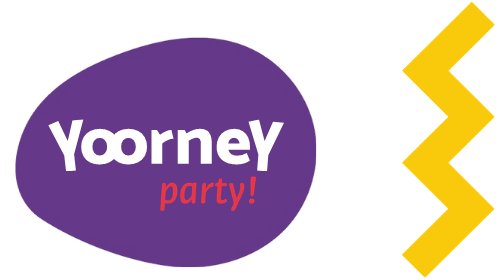 Nightlife Vienna
Nightlife Vienna
Enjoy the nightlife of Vienna. These are some of our favorite spots to party in Vienna!
Love for beer in Vienna

If there are beer cities, one of them is Vienna, if you visit this city and do not try its beers and drink it in a good brewery, you have lacked something to do. The Kangaroo Pub is the one of the most popular pub in the city. It has a menu with more than 200 different ones, both on tap and bottled, from different places in Austria, Belgium, Holland, Germany or the United Kingdom.
In addition, in this place there are several curiosities, from its somewhat dark local appearance with nineteenth-century lamps, candles on the tables, which makes it seem that we are in a medieval tavern, until each beer has its own jug or glass, you can drink it in a horn for example, for this order La Corne or try flavored beers (biscuit, chocolate, banana, strawberry ...)
Quiet drink in Vienna

If you are more like going out quietly, have a drink and relax after a hard day Vienna offers you a varied range of venues, such as Chelsea (depending on the time of day and whether or not there is football), Rhiz, Phil or The Red Room.
Live music in Vienna

Vienna is a city that welcomes various musical styles, from the classical of the master Mozart or the electronic mixes of the end of the 20th century and today. For this reason it has a large number of concert halls and where to enjoy live music, you have to stop by Café / Schmid Hansl Concert Hall, the home of Viennese song, they also host jazz concerts, operettas, modern. Flex, home to the music of the 80s and which continues to be one of the quintessential venues in the city, stands out for its indie-electro music concerts. Live Music Club Replugged offers very good live concerts.
Nightclubs in Vienna
The best of leisure to start the night or end it.
How to get in Vienna?
How to get to Vienna by car

If you like to drive, the car is always an option, we advise you to plan the trip in advance. You must bear in mind that for example 1,800 km separate us from Barcelona and 2,500 km from Madrid, but the trip can be quite an experience, through the landscapes and cities through which you will pass.
Renting a car is a feasible option with total freedom if you want to move freely around Austria and its surroundings, and visit all the places you want.
How to get to Vienna by train

It is a good option if you find yourself traveling through Europe, for example to go from Paris or Prague. And also to move in Austria and visit cities like Salzburg. From Spain it is not a highly valued option, but if you are train lovers, the option you have is to go from Madrid or Barcelona to Paris and from there take another train to Vienna. Wien Hauptbahnhof (Vienna Central Station).
How to get to Vienna by bus

Going from Spain to Vienna is not very viable, since in addition to being slow, it is more expensive than the plane and it is not very viable. But it is a good option to move between the cities of Austria. It is in the 3rd district, just 10 minutes from the center of Vienna on foot. VIB (Vienna International Busterminal) Vienna Bus Station.
How to get to Vienna by plane

Vienna Schwechat Airport or Vienna International Airport, one of the most important in Central Europe. To which planes arrive from different European cities, such as; Barcelona, Madrid, Berlin, London ... etc.
How to get around Vienna

12 most beautiful towns to visit in Vienna
- We mark you our favorites!
- Salzburgo.
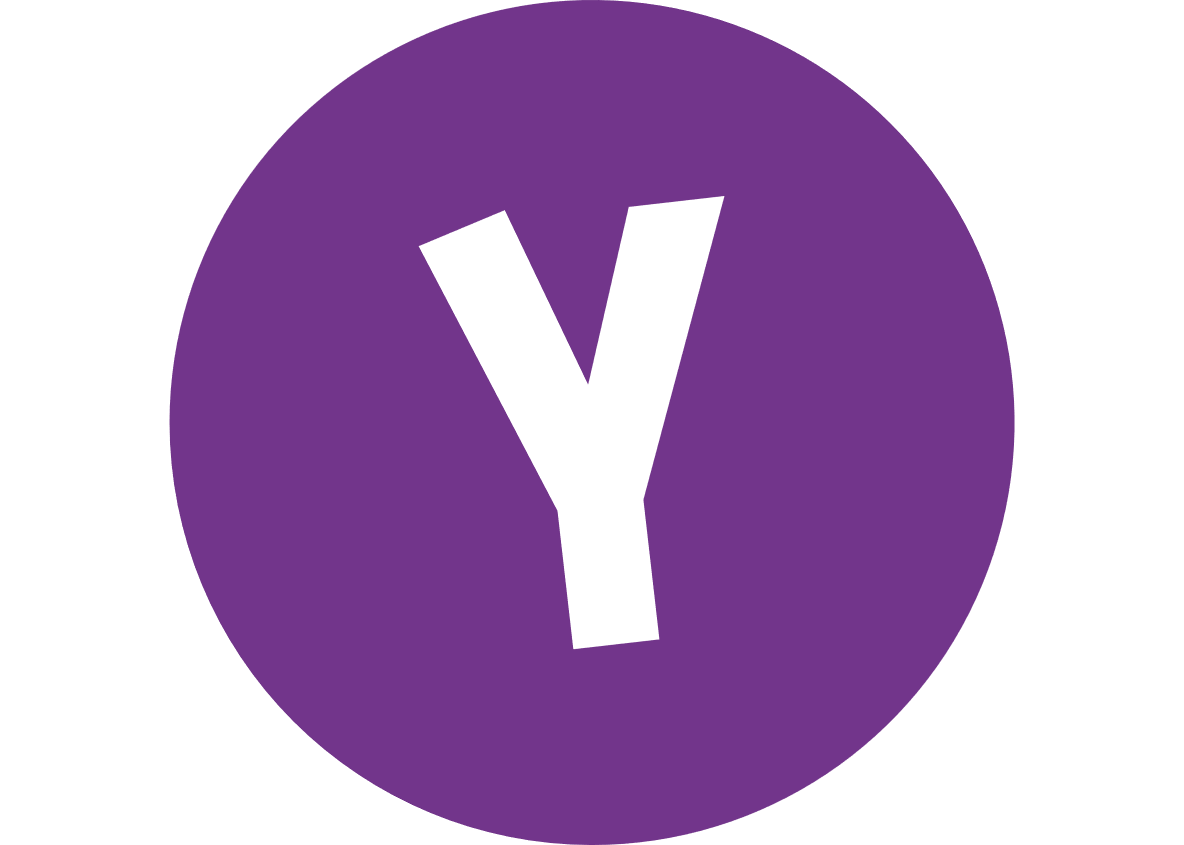
- Bratislava
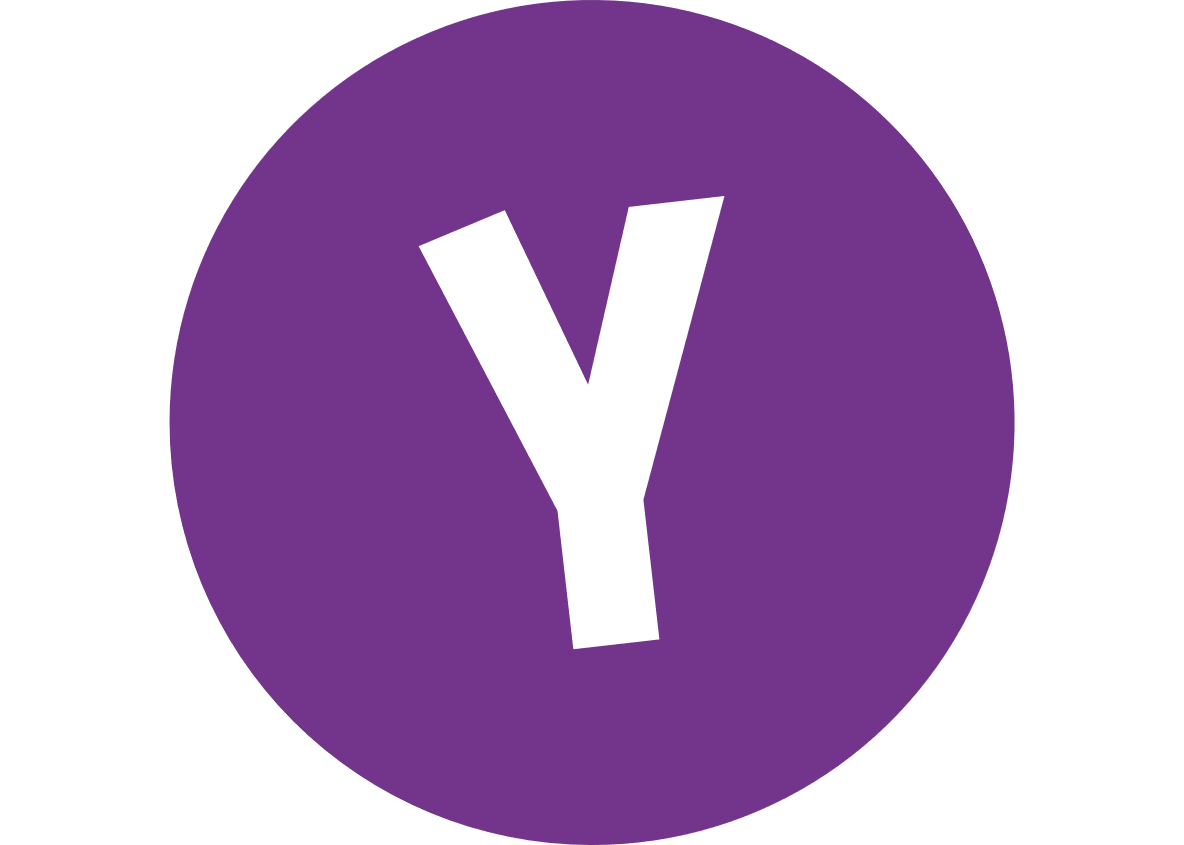
- Linz
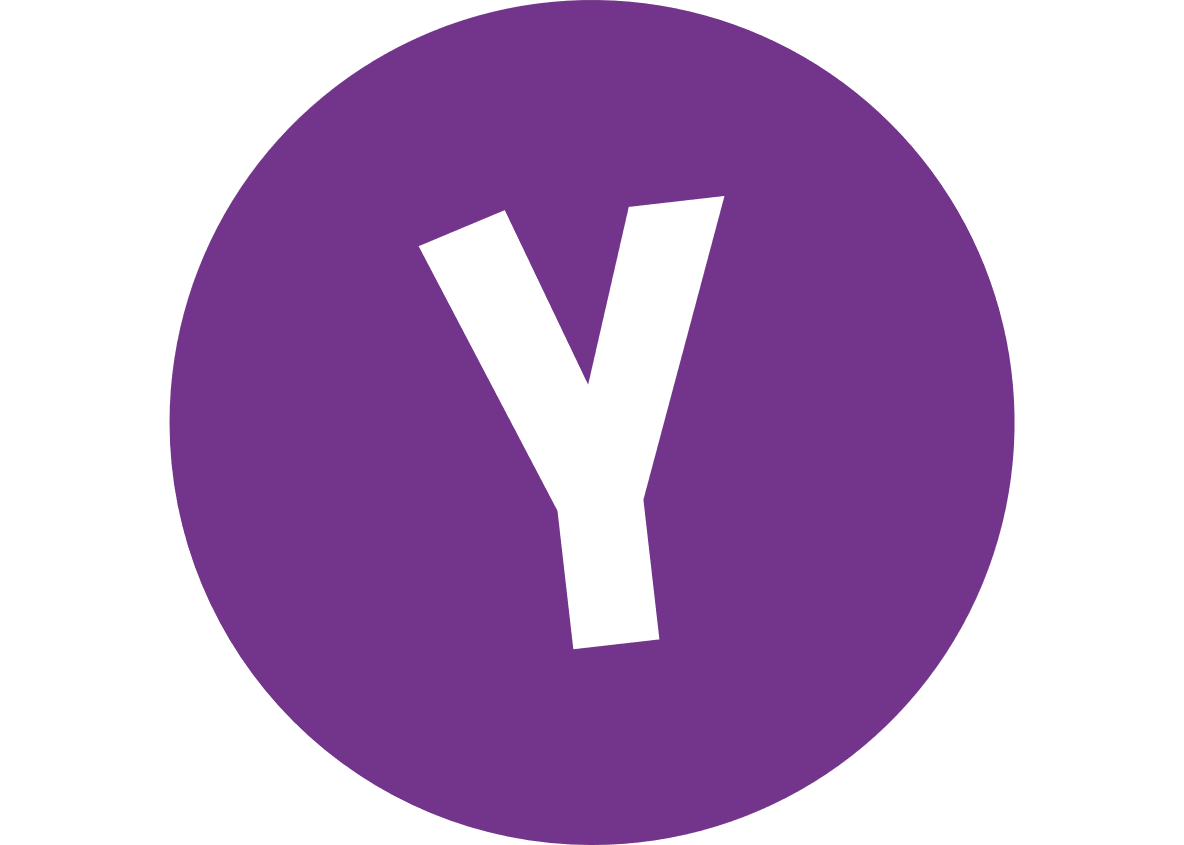
- Valle de Wachau
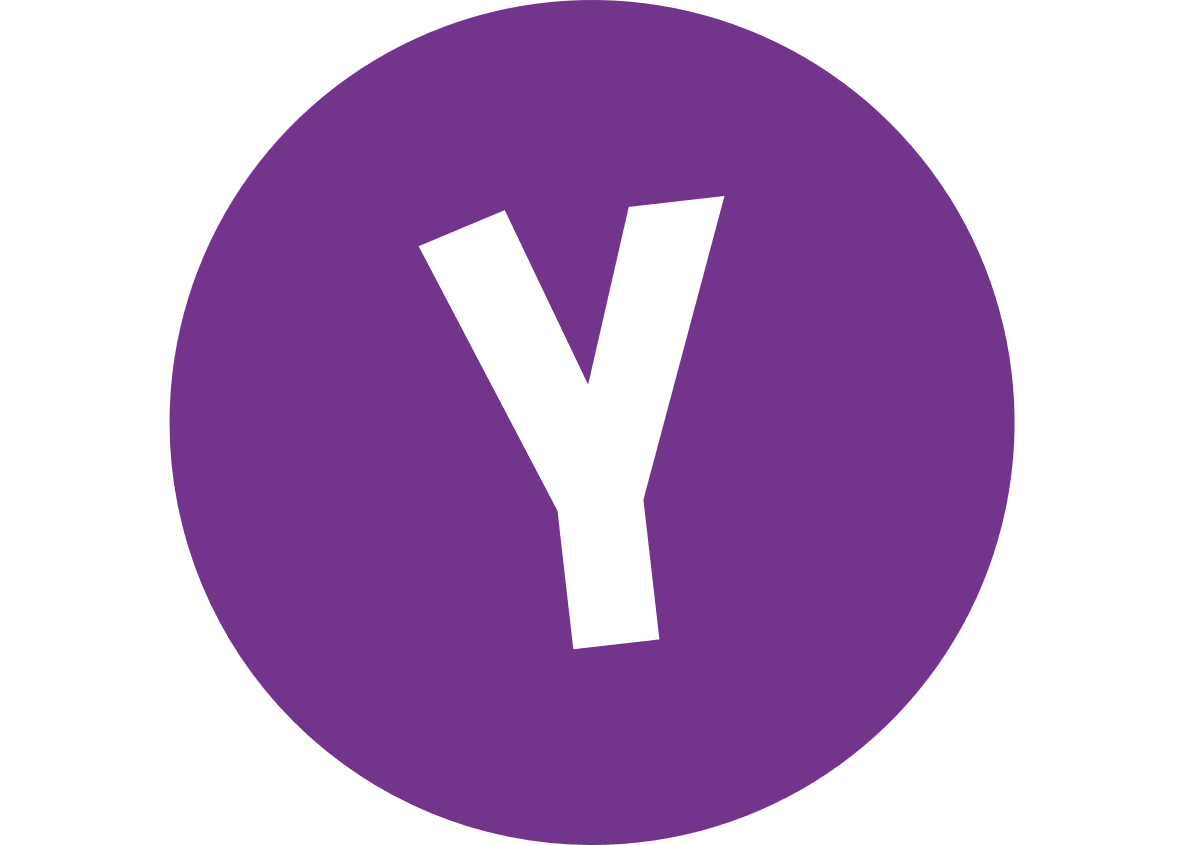
- Eisenstadt
- Baden
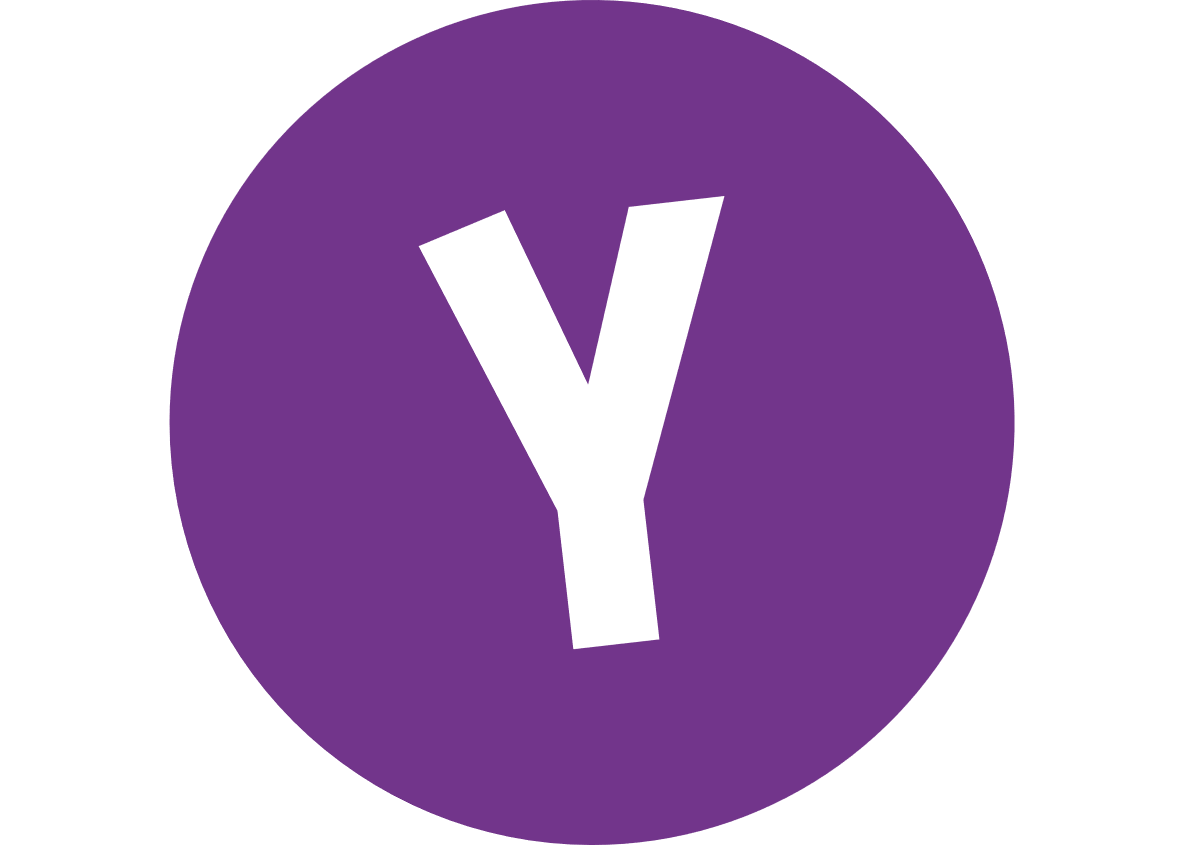
- Klosterneuburg
- Melk
- Laxenburg
- Wienerwald (bosque vienes)
- Graz
- Villach (lago Wörth)
- Salzburgo.
Vienna general information
GIFTS AND SOUVENIRS OF VIENNARingstrasse panoramic magnet Mozartkugel (chocolates decorated with Mozart's face) Stroh (typical drink) Perzy Snowballs Lobmeyr glasses Porcelain with Gustav Klimt motifs | WHERE TO FOR A RUN IN VIENNA |
VIENNA CULTURAL AGENDA | WHERE TO STAY IN VIENNA |
SHOPPING IN VIENNACity Center Mariahilfetrass Kohlmarkt (luxury shopping) Hundertwassehaus Naschmarkt (markets) | VIENNA TRAVEL GUIDES |
Map of Vienna
How to use the interactive map of Vienna?
We have indicated different colors for each area of recommendation.
Vienna Transport Map
| The best way to see and visit Vienna: Take a free tour |



